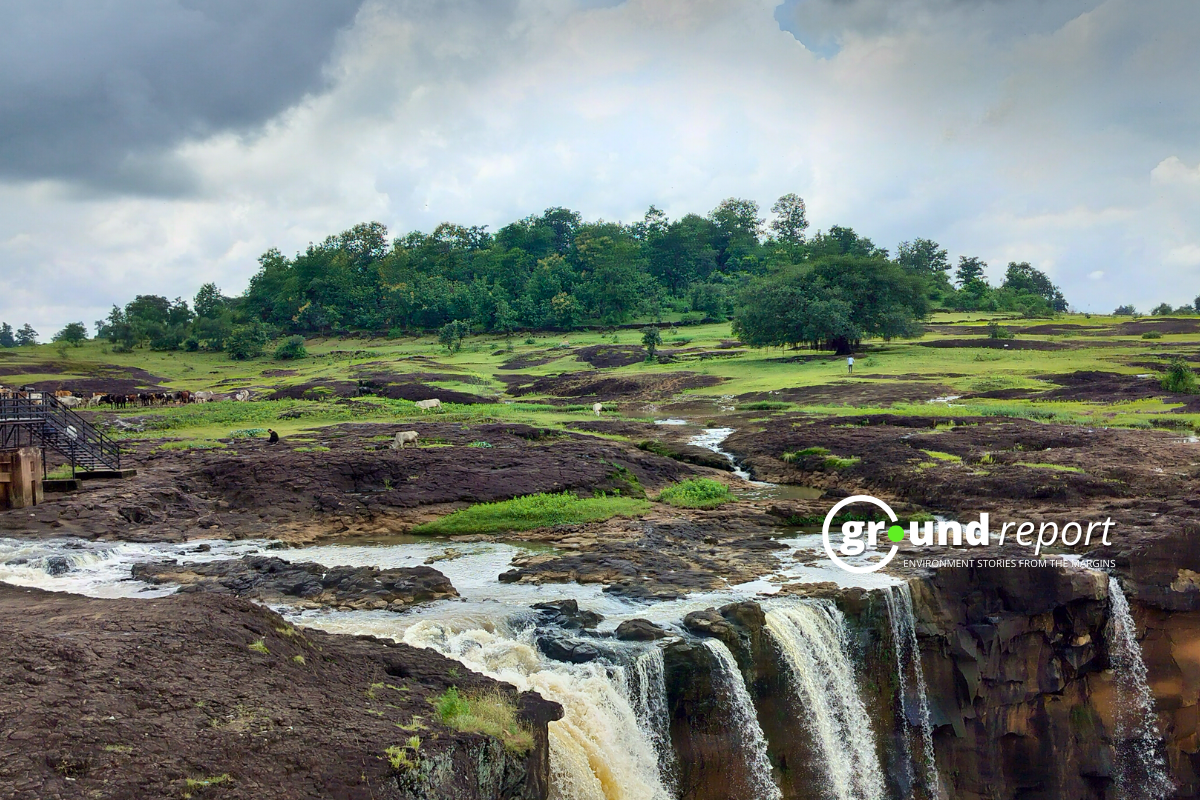A study conducted by the Cornell Laboratory of Ornithology has found that human activities are threatening more than 80% of the global land area which is essential for both human well-being and basic biodiversity.
According to a study, nearly 29% of the world’s land is experiencing human-induced land degradation, affecting more than 2.6 billion people. The United Nations estimates that about 30% of land is degraded worldwide, and about 3.2 billion people live in these areas.
Half land provides, few protected
The research, which was published in Nature Communications, indicates that about half of the world’s land, excluding Antarctica, delivers nearly all of the current levels of nature’s contributions to people while preserving a biodiversity that includes 27,000 species of birds, mammals, reptiles, and amphibians. However, only 18% of this land is sufficiently protected, as per the study.
Rachel Neugarten, the lead author of the study and a doctoral student at the Cornell Laboratory, emphasized that biodiversity, climate, and sustainable development are interconnected and should not be viewed separately.
The author further emphasizes the importance of acknowledging nature’s contributions to human welfare, which include providing drinking water, storing carbon, pollinating crops, mitigating floods, protecting coasts, and more.
The study’s findings signal the onset of significant challenges. It reveals that 37% of the land areas that offer nature’s services are also highly suitable for development activities such as agriculture, renewable energy, oil and gas, mining, or urban expansion.
Development risks, innovative conservation needed
The potential for development of these areas, coupled with the fact that only a few priority areas are currently protected, implies that effective conservation of these areas will necessitate innovative solutions. These could include sustainable usage and planning of landscapes for multiple functions.
“We face enormous challenges,” said lead author Amanda Rodewald of Cornell Laboratory’s Center for Avian Population Studies. “With limited resources available to address climate change, biodiversity loss, poverty and water insecurity, we must be strategic and find ways to address more than one challenge at a time.”
“If carefully designed, renewable energy development can be compatible with the conservation of biodiversity and ecosystem services for people,” Neugarten said.
“Examples of this include grazing livestock under wind farms or growing gardens with native pollinators under solar panels. But there is a real risk that achieving renewable energy goals could conflict with nature conservation goals without careful planning,” considered the scientist.
Support us to keep independent environmental journalism alive in India.
Keep Reading
Part 1: Cloudburst in Ganderbal’s Padabal village & unfulfilled promises
India braces for intense 2024 monsoon amid recent deadly weather trends
Follow Ground Report on X, Instagram and Facebook for environmental and underreported stories from the margins. Give us feedback on our email id greport2018@gmail.com.
Don’t forget to Subscribe to our weekly newsletter, Join our community on WhatsApp, and Follow our YouTube Channel for video stories.









